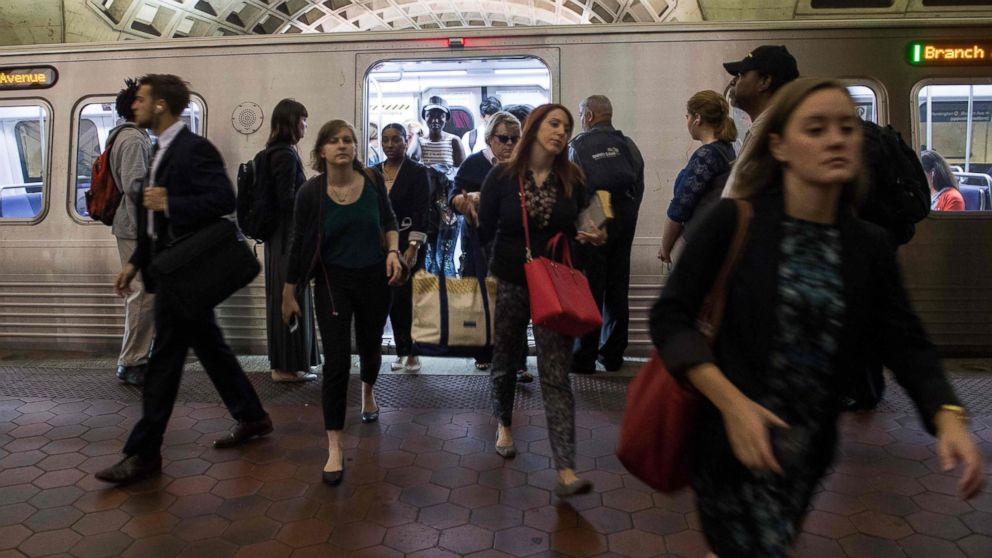What You Need to Know About DC Metro’s Unprecedented Repair Plan
DC is preparing for a transit repair surge that will impact every commuter.

— -- In response to safety recommendations from federal agencies and even a threat from the U.S. Transportation Secretary to shut down the entire system, the DC Metrorail network is on the eve of the biggest repair plan in its history.
City officials are encouraging the 700,000 daily riders to avoid the Metrorail entirely for stretches at a time, in anticipation of extremely crowded train cars and platforms.
So what is this plan? Why is it necessary? And how are people supposed to get around? ABC News breaks it down.
What is the ‘SafeTrack’ Plan?,
SafeTrack is the massive effort laid out by the Washington Metropolitan Area Transit Authority (WMATA) to address safety issues flagged by government officials and riders alike.
WMATA says the plan will condense three years of work into approximately one year. But how is that?
The agency plans to stagger either single-tracking or full-blown closures of significant stretches of the system through March of 2017. Each of these scheduled closures is called a “Safety Surge.”
You can check the scheduled surges here.
In addition, the Metro will shutdown early on weekends; midnight instead of 3 a.m. Track work will expand into between rush hours and even during certain rush hours.
Why is It Needed?
For years, experts and officials have complained of Metro’s state of disrepair. However major incidents over the past two years have prompted federal oversight of the system and harsh words for administrators.
Most notably, on Jan. 12, 2015, an electrical malfunction at L’Enfant Plaza killed one woman and injured 91 others when riders were trapped in a smoke filled train for nearly an hour. A report from federal investigators a year later pointed the finger at poor repair work, a malfunctioning smoke detector, an ineffective ventilation system and poor communication with emergency responders.
On Sept. 30, 2015, federal investigators recommended the U.S. Department of Transportation take direct over sight of WMATA. The Federal Transit Administration (FTA) would eventually take on this role.
According to a letter obtained by ABC News from the FTA to WMATA, Metro and its employees were said to be violating major safety procedures including malfunctioning lights in emergency routes, debris blocking some emergency routes, non-function fire extinguishers and missing third-rail covers.
Track workers were also found clearing from in front of trains with five seconds or less to move.
How am I Supposed to Get Around?
Transit officials say 40 shuttle buses will serve the closed stations during most of the safety surges.
DC Mayor Muriel Bowser says the city will extend morning and evening rush-hour parking restrictions to open more lanes in busy corridors.
Capital Bikeshare says it will lower fees to ease the burden on those who can bike around town and add more bicycles and stations to its already existing 300 stations and 3000 bikes across the DC metro area.
The mayor also said the D.C. Taxicab Commission will also allow drivers to pick up multiple passengers within one mile of a Metro station.
The General Services Administration (GSA) has announced that government employees can use ride-sharing apps as a reimbursable expense.
Uber has announced a year-long campaign that includes expanding uberPOOL, a feature allowing multiple patrons to use the same ride, to the entire DC metropolitan region.
Lyft is taking 75 percent off of Lyft Line rides, Lyft’s version of sharing rides similar uberPOOL, during commute hours.
Lyft riders can also take 50 percent off their first trips starting or ending in Northern Virginia during weekday commute hours from June 6 to June 17.




